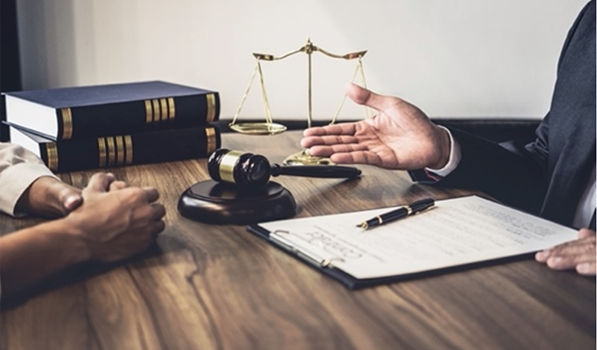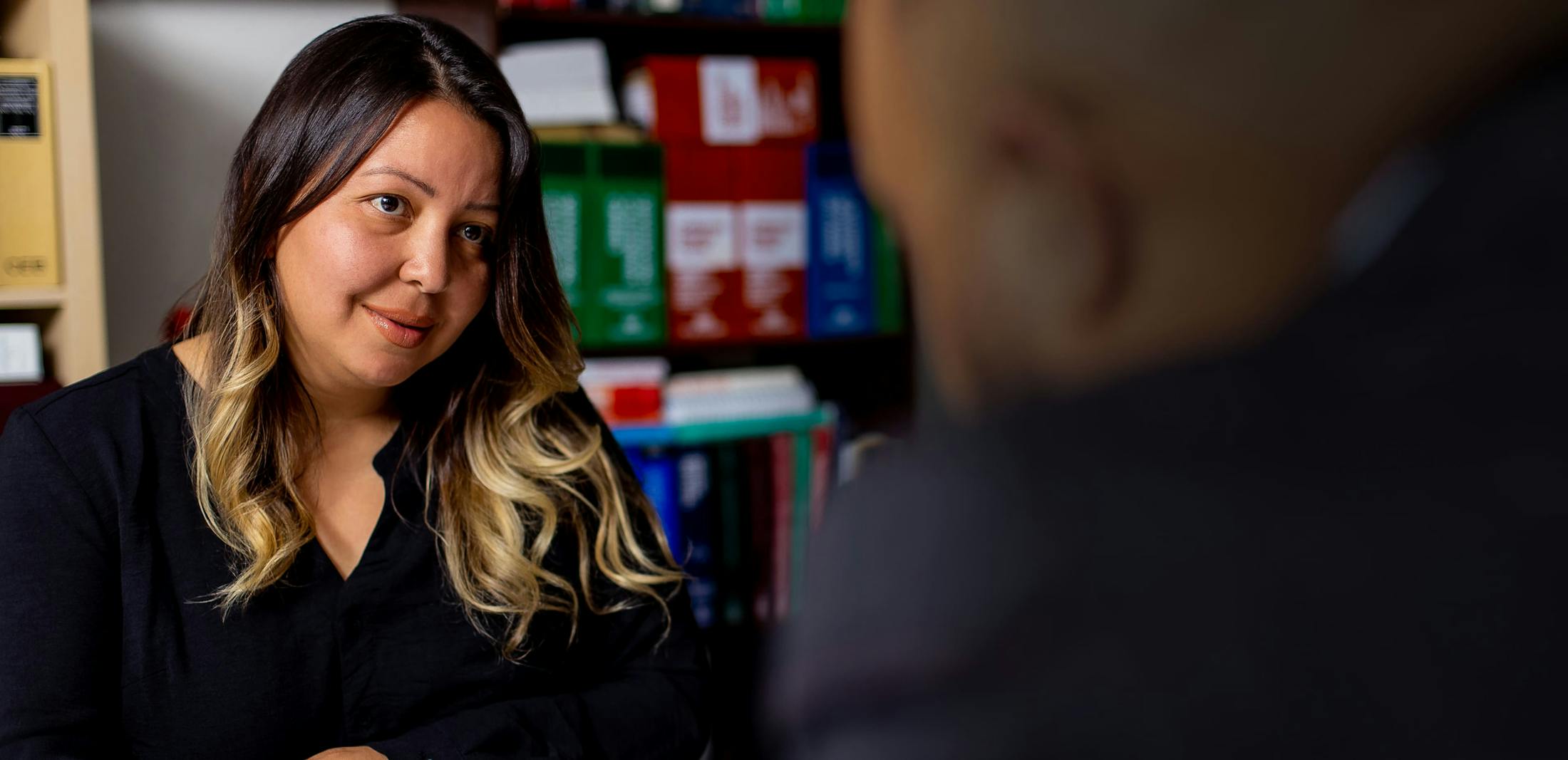
Stage 1: Injury and Retention of an Attorney
A personal injury case arises at the time of an accident or injury. This could come in the form of a car accident, a slip and fall, a dog bite, or any other injury that is caused by the actions of another person. Generally, to be successful in a personal injury case, the plaintiff (the person bringing the lawsuit) must have suffered injuries due to the actions of another. The defendant’s actions can be either intentional or they can be unintentional and simply an act of negligence by the defendant.
For negligence to be found in California, the plaintiff must prove multiple elements: (1) a duty owed by the defendant owed to others, including the plaintiff; (2) a breach of that duty by the defendant; (3) the defendant’s actions were the cause of plaintiff’s injuries; and (4) the plaintiff has suffered some form of damages because of the defendant’s actions. When an individual is hurt due to the intentional or negligent actions of another, they will likely contact an experienced attorney to assist them with pursuing their potential lawsuit. It’s extremely important to find an attorney early in the process; typically, it’s best to hire an attorney the date of the accident or shortly thereafter, but definitely before making any attempts to speak with any insurance company, including your own.
Stage 2: Medical Treatment and Investigation
After an accident, it is extremely important to seek medical treatment immediately! Whether or not you feel extreme pain at the time, it’s always best to ensure your own well-being by being evaluated by professional medical treaters at the emergency room, urgent care, or by scheduling an appointment with a primary care physician. Many times, the medical treater will take x-rays or perform physical examinations to evaluate potential injuries and the extent of those injuries, prescribe medication to minimize the symptoms, and provide referrals to other medical treatment which may include physical therapy, chiropractic care, or specialists. During treatment, following up with the plan provided by medical professionals is important and goes a long way in reaching a favorable settlement in your case. During this period, individuals should ensure that they keep copies of their medical records and any records which evidence the amount of money spent on that treatment, including co-pays.
While in the medical treatment phase, the attorney retained by the injured individual will engage in investigation and initial communications with the insurance company. During this phase, the attorney will obtain copies of any police reports, notify your medical provider of a potential third-party claim, make contact any insurance companies which may be liable for the damages, and conduct investigation to determine who may be held accountable for the injuries in a lawsuit.
Stage 3: Demand Package and Insurance Negotiation
Once the injured individual has completed treatment, or has reached a point of maximum medical improvement, an experienced attorney will attempt to present a settlement demand package to the insurance company. Maximum medical improvement refers to the point where the injury has stabilized and will likely not get better or worse in the immediate future, whether medical treatment is sought or not. The demand package sent to the insurance company will include copies of pertinent medical records, photographs, billing records, evidence supporting any loss of earnings, and the legal basis and summary of the plaintiff’s case. In many situations, a well-prepared demand package will lead to a settlement offer from the insurance company, or at least spark increased communication between plaintiff’s attorney and the insurance company. This is a good opportunity for the plaintiff’s attorney to present counteroffers or to determine whether or not the defendant’s insurance company is taking the plaintiff’s claims seriously.
Stage 4: Complaint Filed and Served

If the settlement negotiations following a demand package are not successful, the next step is to initiate a lawsuit. A lawsuit is initiated through the filing of a Complaint, which is a package of documents that notifies the Court of the lawsuit, puts defendant on notice of the lawsuit, and provides the defendant with an opportunity to respond.
Once filed, the lawsuit must be served on the defendant. To serve a Complaint on the defendant, a plaintiff’s attorney will utilize a process server to physically hand the documents to the defendant; this is called personal service. If a server cannot locate the defendant to personally serve them, they can use a process named substituted service by mailing the documents to the defendant; generally, personal service must be attempted at least three times before substituted service is allowed.
After the Complaint has been served on the defendant(s), the defendant has 30 days to respond to the lawsuit. A response can be through a formal written document called an Answer, or an objection to the Complaint called a Demurrer. If the defendant does not respond to the Complaint within 30 days, the plaintiff may seek a remedy called Default Judgment, which allows the Court to issue a “judgment” (Court order) against the defendant. More on this will be covered in a later blog post.
Stage 5: Discovery and Pre-Trial Phase
Once the defendant has answered the Complaint, it is likely that the defendant’s attorney will begin to propound (serve) discovery on the plaintiff. Discovery is a process by which any party to a case may inquire and obtain information on any matter that is not privileged that is relevant to the lawsuit. In an accident case, relevant, non-privileged information includes medical records, billing records, employment income records (where loss of earnings is claimed), and any other information that can prove or disprove the claims in the case.
During this period, there may be multiple court hearings that allow the Court to review the status and determine how to best proceed with the matter. Some of the common Court processes during the pre-trial phase include mediation, case management conferences, and settlement conferences. Mediation is a great opportunity for the parties to appear before a neutral third-party who can provide valuable insight into the strengths and weaknesses of the case, and who can help to potentially facilitate a settlement in the case.
Stage 6: Trial Phase
If the parties are unable to settle the case during mediation, settlement conferences, or during informal negotiations, the only alternative is to resolve the case through a trial. A trial may be held before a judge or before a jury. Trial is always a risky situation because the judge or jury may return a verdict (decision) that is far less than what was offered in settlement negotiations.
Conclusion
Lawsuits for personal injury claims require extensive knowledge of the law and the legal reasoning that entitles the plaintiff to recovery from the defendant. The process is designed to facilitate settlement between the parties, however, those who are inexperienced in dealing with insurance companies may be lured into accepting offers which are far less than the case is worth. For that reason, it is extremely important to reach out to an experienced personal injury attorney to evaluate your case and to assist with obtaining reasonable compensation for the injuries caused by someone else’s actions.
The Law Office of Vincent S. Hughes is a California office that represents injured individuals in personal injury cases. We are knowledgeable in common insurance company tactics and how to maximize your recovery. If you, or someone you love, has been injured by someone else’s actions, don’t hesitate to reach out to our office to discuss your case. It won’t cost a dime and will ensure that you have a good knowledge of the process and potential value of your case.
Authored By: Vincent S. Hughes, Esq.
